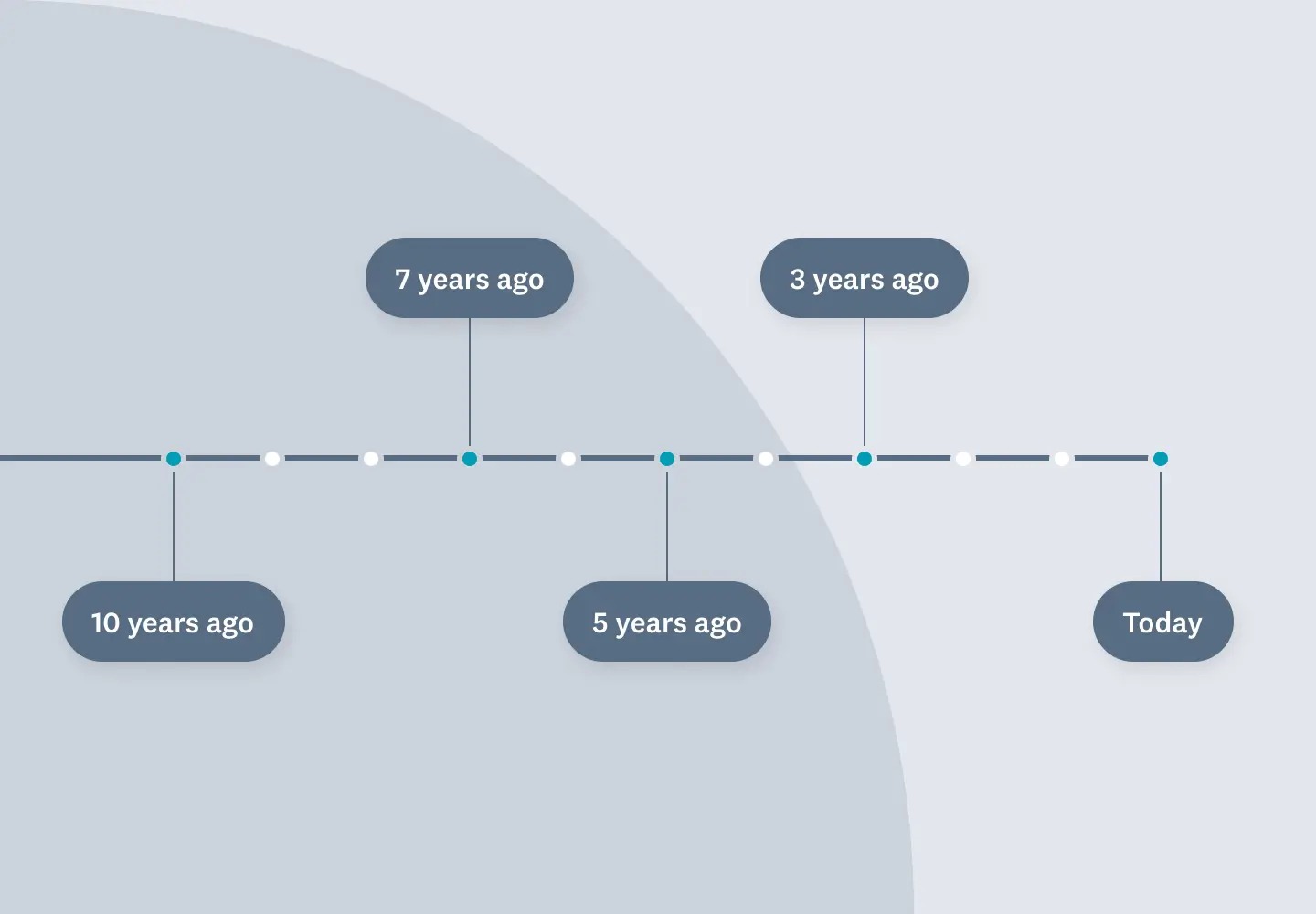Home>Finance>S&P/TSX Composite Index: Definition, Constituents, How To Buy


Finance
S&P/TSX Composite Index: Definition, Constituents, How To Buy
Published: January 23, 2024
Learn about the S&P/TSX Composite Index, its constituents, and how to buy. Explore the world of finance with this comprehensive guide.
(Many of the links in this article redirect to a specific reviewed product. Your purchase of these products through affiliate links helps to generate commission for LiveWell, at no extra cost. Learn more)
S&P/TSX Composite Index: Definition, Constituents, How To Buy
Are you interested in learning about the S&P/TSX Composite Index? Look no further! In this blog post, we will delve into what the S&P/TSX Composite Index is, its constituents, and how you can buy it. So, let’s get started!
Key Takeaways:
- The S&P/TSX Composite Index is the primary benchmark for the Canadian equity market.
- It is composed of several key sectors, including financials, materials, and energy.
What is the S&P/TSX Composite Index?
The S&P/TSX Composite Index, often referred to as the TSX or simply the Composite Index, is the primary benchmark for the Canadian equity market. It tracks the performance of approximately 220 of Canada’s largest and most liquid companies, making it an important indicator of the overall health of the Canadian stock market.
Constituents of the S&P/TSX Composite Index
The Composite Index includes a diverse range of sectors, such as financials, materials, energy, healthcare, and more. This diversity ensures that the index represents different segments of the Canadian economy, providing investors with a comprehensive snapshot of the market.
Financials:
The financial sector consists of banks, insurance companies, asset management firms, and other financial service providers. This sector is crucial to the Canadian economy and plays a significant role in the Composite Index.
Materials:
The materials sector encompasses companies involved in resource extraction, including mining, forestry, and construction. With Canada known for its abundant natural resources, the materials sector plays a prominent role in the Composite Index.
Energy:
The energy sector includes companies engaged in oil and gas exploration, production, and distribution. Given Canada’s status as a major global energy producer, this sector carries substantial weight in the Composite Index.
How to Buy the S&P/TSX Composite Index
As an index, you cannot buy the S&P/TSX Composite Index directly. However, you can gain exposure to its performance through various financial instruments, such as exchange-traded funds (ETFs) and mutual funds that track the index. These investment vehicles allow you to invest in a diverse basket of stocks that mirror the constituents of the index.
When considering investing in ETFs or mutual funds that track the S&P/TSX Composite Index, it is essential to research and select those with a proven track record, low expense ratios, and sufficient liquidity. Additionally, consulting with a financial advisor can help you make informed decisions based on your investment goals and risk tolerance.
The Bottom Line
The S&P/TSX Composite Index is a vital benchmark for the Canadian equity market, encompassing a wide range of sectors that reflect the Canadian economy’s strength. By understanding its constituents and how to invest in it, you can make informed investment decisions to participate in the growth of the Canadian stock market.
Remember, investing involves risks, and it is important to conduct thorough research and seek professional advice before making any investment decisions related to the S&P/TSX Composite Index or any other financial instrument.














